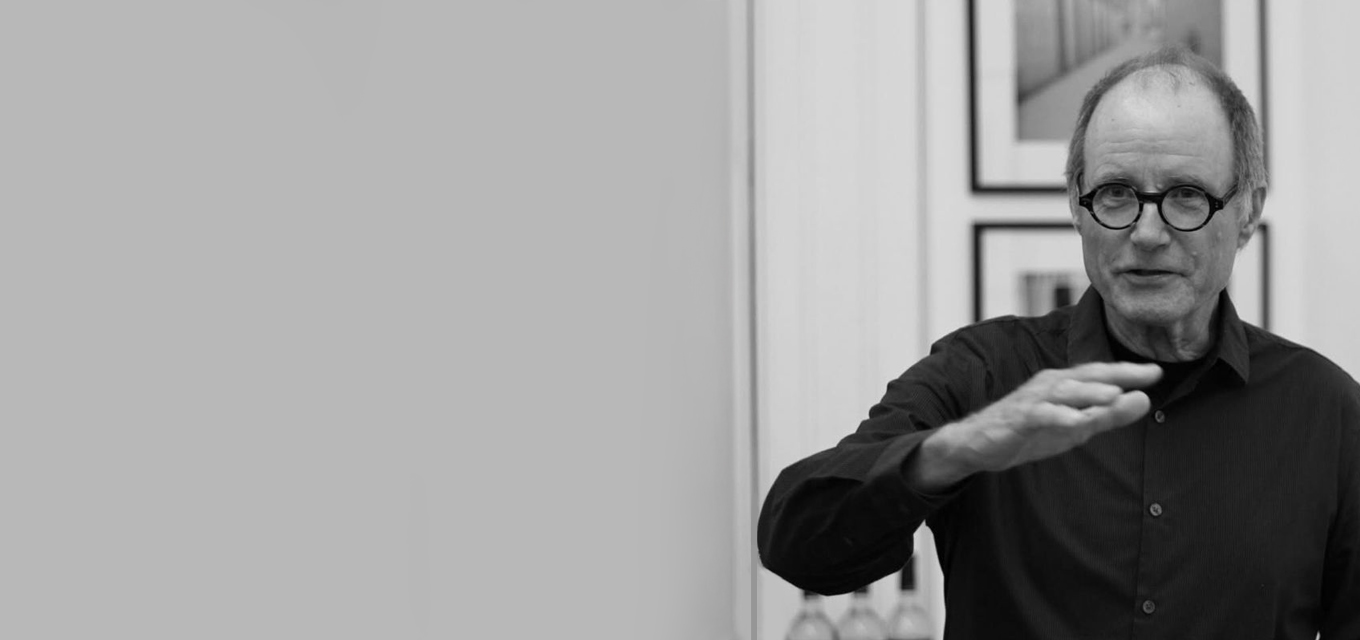This spring, Tbilisi welcomed celebrated American photographer Charles Ford as part of the 2025 Kolga Tbilisi Photo Festival. Known for his decades-long dedication to analog film and authentic street photography, Ford’s work has appeared in Vogue, GQ, Rolling Stone, and Newsweek. He’s spent his career capturing raw, human moments across New York, Dallas, and beyond always with his Leica in hand.
During his time in Georgia’s capital, Ford led a workshop hosted by the Design Institute and exhibited his series “Fleeting Narratives: Street Photos 80s–90s.” We sat down with him to talk about his approach to photography, his time in Tbilisi, and what keeps him shooting on film in a digital world.
1. What drew you to visit Tbilisi and participate in the Kolga Tbilisi Photo Festival this year? Was there something specific about the festival or the city itself that resonated with you as a photographer?
I first met Teona Gogichaishvili and Beso Khaindrava at FotoFest in Houston in 2024. After that initial encounter, we stayed in touch, and several months later, they invited me to exhibit my work at the Kolga Tbilisi Photo Festival. I jumped at the opportunity—I was thrilled at the prospect of visiting Tbilisi and experiencing that prestigious festival firsthand.
2. Your recent exhibition and workshop offered local audiences a glimpse into your analog street photography from the 80s and 90s. What was it like to share this body of work in a new cultural context, and how did the Georgian audience respond to it?
Sharing my work during the workshop was incredibly rewarding. The attendees were engaged, curious, and receptive to what I presented, which made the experience all the more fulfilling. One of the liveliest discussions during the workshop centered around street photography, law, and ethics. The conversation revealed a wide range of personal beliefs on photographing strangers in public spaces. It was a thoughtful exchange that underscored how nuanced and complex this aspect of street photography can be.
3. During your time in Tbilisi, you explored the city with your Leica, continuing your long-standing practice of capturing fleeting human moments. Were there scenes or moods that reminded you of your earlier work in New York or elsewhere? What struck you about the city’s visual language?
Wandering through the streets of Tbilisi reminded me of shooting in New York. People didn’t seem bothered by my camera—some were even amused. That openness made photographing the city feel natural and familiar.
4. You’ve remained committed to shooting on film throughout your career. In an era of instant digital gratification, what does working with film continue to teach you about patience, imperfection, and timing?
Shooting on film rather than digital keeps me grounded in the moment. Without a screen to review every shot, I’m encouraged to keep moving, to look ahead rather than back. It forces me to stay present and constantly search for the next frame—a discipline that deepens my connection to the environment and the people in it.
5. In your workshop at the Design Institute, you worked closely with young and emerging photographers. What conversations or perspectives during the workshop stayed with you, and did anything about the participants’ approach surprise or inspire you?
I never leave my apartment without a camera. I’m always searching for visual narratives—on the street, in passing moments, in fleeting gestures. A city like Tbilisi is full of these stories. They’re everywhere—you just have to be prepared to see and capture them.
6. You often speak about finding beauty in the mundane and humor in the overlooked. What mental or observational habits have helped you develop that sensitivity—and how can young photographers cultivate a similar eye?
I believe it’s essential for emerging photographers to resist the pressure of creating work solely for social media likes. That path leads to shooting for validation instead of self-expression. Developing a personal voice takes time, effort, and a willingness to fail. It’s through those failures that artistic growth happens.
7. Many early-career photographers are caught between the urge to document and the pressure to perform on social platforms. What would you say to someone who’s trying to build a meaningful photographic practice without getting lost in trends?
Looking back at my contact sheets from the ’80s and ’90s has given me a renewed appreciation for that earlier time. Those images captured styles, moments, and ways of life that no longer exist—but what struck me most was how little has changed in terms of human emotion and interaction. The same tenderness, conflict, curiosity, and joy I saw back then, I still see today.
8. Looking back on your rediscovered contact sheets, and now having shared them across different cities and decades, has your perspective on your own archive changed? Did your experience in Tbilisi offer any new clarity or emotional connection to those earlier images?
While in Tbilisi, I shot several rolls of film. I found the city alive with spirit, warmth, and a palpable sense of humanity. Tbilisi is a fantastic place for street photography, and I’m looking forward to returning—to reconnect with the friends I made and to once again document the life of this remarkable city.
In an age where photography often chases trends and instant feedback, Charles Ford reminds us of the quiet power of observation, patience, and staying true to one's vision. His presence at Kolga Tbilisi Photo Festival wasn’t just a highlight of the event, it was a gentle but firm reminder that some stories are best told slowly, with care, and on film.
We thank Charles for his generosity, his insights, and the beautiful way he continues to see the world - one moment, one frame at a time.
Blog by Nini Papashvili
სხვა ბლოგები










